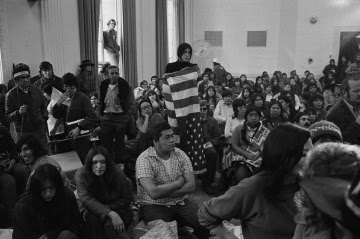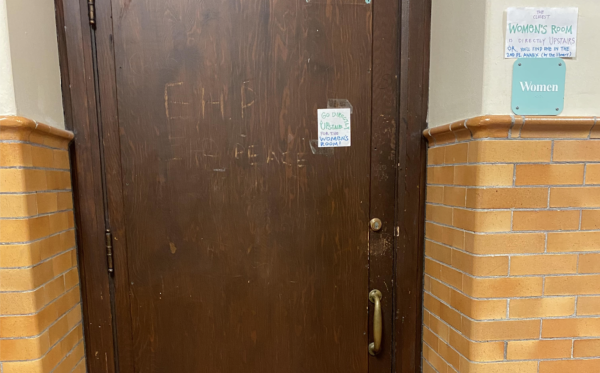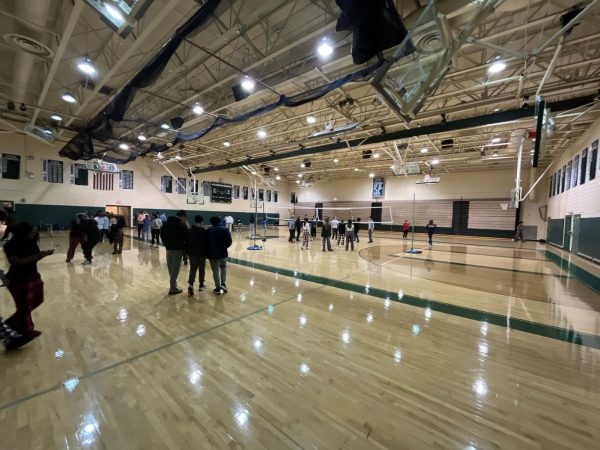The Euro-Centric Perspective-And its Effects on Native American Curricula Today

Native American participants in the Trail of Broken Treaties occupy an auditorium at the Bureau of Indian Affairs in Washington, D.C. in November 1972.
Starting from the time students enter kindergarten, they are taught about the history of the United States. The things included usually are pilgrims, cornucopias, a feast with the Indigenous people, the harvest season, and Christopher Colombus. Eventually, students began to understand that what had been taught about the colonists and the beginnings of our nation were taught from a Eurocentric perspective. What had been left out of the narrative was the voices of the Indigenous people. Elementary-aged children should not necessarily learn about the more graphic and painful topics regarding our nation’s beginnings. However, only one side of the story had been taught for years. Age-appropriate, historically accurate information can and must be taught.
Our education system is an incredibly important part in shaping the minds of our nation’s future citizens and leaders. Curricula, textbooks, assigned reading, and the majority of material focused around the eurocentric perspective, not only perpetuates racial biases, stereotypes, and closed-mindedness for students but it can also be silencing our nation’s minorities. Anything from high school classes to beauty standards centered around western narratives and notions can be classified as euro-centric. This portrayal of history as a whole contributes to white supremacy and sustains the harmful biases that many of us hold.
According to an AP US history teacher, Mr. Straussman, the Civil Rights movement of the mid-1950s to late 70s not only started to give African Americans a voice in our nation but also the Indigenous population who had been silenced for years. This movement had started to shift the narrative of the way the Indigenous population’s story was being told. In response to decades of discrimination, violence, low-wage labor, and overall inequalities, the AIM (American Indian Movement) Act and the AIRFA Act (American Indian Religious Freedom Act) of the 60s, and late 70s were passed. The Aim Act sought to improve conditions and restore freedoms and rights of the Native population, and the AIRFA Act protects the religious freedoms of the Native population, reiterating their First Amendment rights.
After pressures from the Indigenous population, historians and allies, to include other perspectives in curricula started to be vocalized, change began to happen. Straussman continued, when the U.S. history curriculum (for eighth and eleventh grade) that is currently in use for the Pittsburgh Public School district was written, there was a conscious decision to include a multitude of different perspectives and voices. Although there is an effort towards inclusivity across the district, there are still some inconsistencies between courses. Because AP classes rely on the framework set by the College Board, and PSP/CAS classes rely on the board of education’s standards, differences in curriculum arise.
“So far, during this school year, we’ve only touched on the history of Native Americans a little. We haven’t really had the discussion of the people that were here before us or the effects of colonization,” says Allderdice junior Nick Efran, who is currently enrolled in U.S History PSP. “I think we could focus more on the subject, especially with the important roles that the Native Americans play in our history.”
Junior Rubyana Ashman, who previously took AP US history, reported a contrasting situation. “Last year in AP US history we probably spent around two weeks in total focusing on the Native Americans’ relationship with colonists. The topic was briefly mentioned throughout the year, but the focus was pointed towards the colonists, rather than looking at both sides. However, the discussions we did happen to have about the Indigenous population were useful, and were not focused on the Eurocentric, white-washed perspective.”
Mr. Issac, a US history PSP, Philosophy, and Anthropology teacher added “Although things have changed a lot, people in the past, and even today, do not get credit for changing US history because of the color of their skin. As a history teacher, I want students to know the full story of things, including things I was never taught in school, such as the residential schools for native children and black soldiers fighting in the civil war.”
Despite the reported differences between classes, there was one common consistency throughout the students in AP and PSP history courses – more time should be spent on the discussion regarding Native history. A few students reported knowing little to nothing about the topic, which is problematic in itself.
The Indigenous population is still faced with disparities, discrimination, and racism in our country today. Although states with large Indigenous populations require students to be taught about Native history, the majority of states do not, including Pennsylvania. This lack of education of Native American history, communities, and religious practices perpetuates misinformation, stereotypes, and overall social and economic disparities that affect the Indigenous population today. Equality starts with education.
Zoe Obenza-Bridges is a senior at Pittsburgh Allderdice High School. At the school newspaper, The Foreword, she is the lifestyle editor and enjoys investigating...






